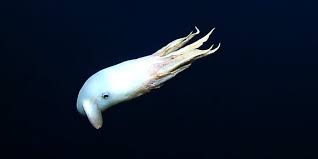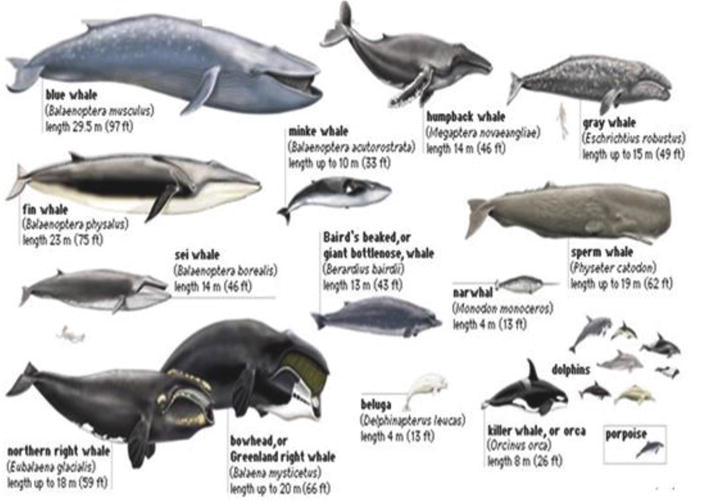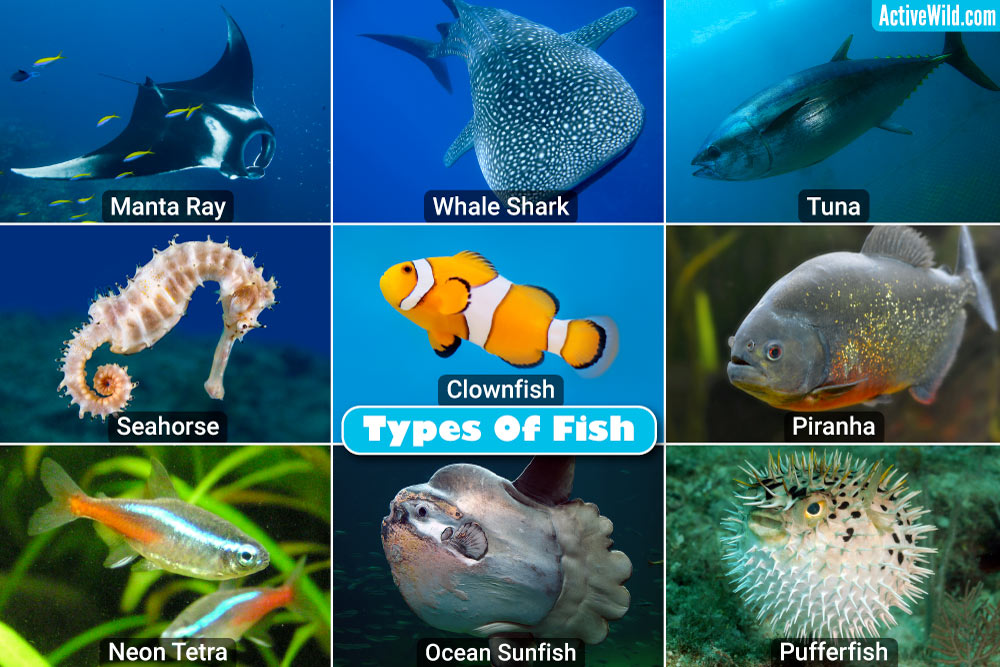Uncovering the Mysteries of the Elusive Deep-Sea Dumbo Octopus
Uncovering the Mysteries of the Elusive Deep-Sea Dumbo Octopus ===
The deep-sea is a mysterious and unexplored world that holds many enigmatic creatures. One such creature is the deep-sea dumbo octopus, a fascinating and elusive animal that has captured the attention of researchers and marine enthusiasts alike. Despite its name, this creature is not a circus performer, but a fascinating cephalopod that lives in the depths of the ocean. In this article, we will delve into the world of the deep-sea dumbo octopus and uncover the mysteries surrounding this fascinating creature.
Anatomy and Physical Characteristics of Dumbo Octopus
The dumbo octopus, also known as the Grimpoteuthis, is a group of pelagic octopuses that belong to the family Opisthoteuthidae. They are small octopuses, with an average length of 20-30 centimeters and weighing between 3-5 kilograms. The most distinctive feature of this creature is its large, ear-like fins on either side of its head, which resemble the ears of Disney’s famous character, Dumbo. These fins are used for swimming and maneuvering in the water.
The dumbo octopus has a soft body with a bulbous head that is connected to eight arms. It also has two large, sensitive eyes that are adapted to low light conditions in the deep-sea. The skin of the dumbo octopus is smooth and translucent, allowing it to blend in with its surroundings. It also has chromatophores, pigmented cells that can change color, which the creature uses for camouflage and communication.
Habitat and Distribution of the Elusive Creature
The deep-sea dumbo octopus is found in the deep waters of all the world’s oceans, from the Arctic to the Antarctic. They prefer depths of 3,000-4,000 meters but have been spotted as deep as 7,000 meters. These elusive creatures are rarely seen by humans, as they live in the dark, cold, and high-pressure environment of the deep-sea. They are most commonly found near hydrothermal vents and cold seeps, where there is an abundance of food.
Diet and Feeding Habits of the Deep-Sea Dumbo Octopus
The dumbo octopus is a carnivorous creature that primarily feeds on small crustaceans, worms, and mollusks. They catch their prey with their eight arms and use their sharp beak to crack open shells. Due to the harsh conditions of the deep-sea, food can be scarce, so the dumbo octopus has evolved to be a patient and opportunistic hunter. They can also use their color-changing abilities to lure prey and avoid predators.
Reproduction and Life Cycle of Dumbo Octopus
Little is known about the reproduction and life cycle of the dumbo octopus due to its elusive nature. However, it is believed that they have a short lifespan of around 3-5 years. They are oviparous, meaning they lay eggs, and the female will protect and aerate the eggs until they hatch. The young hatch as planktonic larvae and gradually develop into adults over several weeks.
Adaptations that Allow Dumbo Octopus to Survive in the Deep
Living in the deep-sea presents many challenges, and the dumbo octopus has evolved several adaptations to survive in this environment. Their large, ear-like fins allow them to swim and glide effortlessly through the water. They also have a gelatinous body that helps them withstand the high-pressure of the deep-sea. Additionally, their color-changing abilities allow them to camouflage and avoid detection from predators.
Behavior and Intelligence of the Enigmatic Creature
Despite being small and elusive, the dumbo octopus shows remarkable behavior and intelligence. They are solitary creatures and are not known to have any social interactions. However, they have been observed showing curiosity towards objects and using tools, such as shells, for protection and shelter. They also have excellent eyesight and are believed to be highly intelligent, with problem-solving abilities.
Interactions with Other Deep-Sea Animals
As creatures of the deep, dumbo octopuses have very few interactions with other animals. However, they have been observed coexisting with other deep-sea animals, such as deep-sea fish, squid, and other octopuses. They have also been found to be preyed upon by deep-sea predators, such as sharks and sperm whales.
Threats and Conservation Efforts for Dumbo Octopus
Due to the dumbo octopus’s elusive nature, there is limited information on the population and conservation status of this creature. However, like many deep-sea animals, they are threatened by human activities, such as deep-sea mining and pollution. As such, it is essential to protect their habitat and limit the impact of human activities on the deep-sea environment.
Unveiling the Mystery: How Researchers Study Dumbo Octopus
Studying the deep-sea dumbo octopus is no easy task. Due to its habitat and behavior, it is challenging to observe and study this elusive creature. However, researchers use various methods such as deep-sea submersibles, underwater cameras, and suction samplers to collect data and specimens for study. They also use DNA analysis and other techniques to learn more about this mysterious creature.
Fascinating Facts about the Elusive Dumbo Octopus
- The dumbo octopus was first described in 1888 by French zoologist Alphonse Milne-Edwards.
- They are one of the deepest-living of all octopus species.
- The word “Grimpoteuthis” comes from the Greek words for “hook” and “squid,” referring to their unique tentacles.
- Dumbo octopuses are believed to be the slowest-moving of all known octopus species.
- They have three hearts and blue blood due to the presence of copper-based pigments in their blood.
Appreciating the Beauty of the Deep-Sea World ===
The deep-sea dumbo octopus is a fascinating and mysterious creature that continues to intrigue and captivate us. While much remains unknown about this elusive creature, efforts are being made to uncover its secrets and protect its fragile habitat. The deep-sea is a beautiful and diverse world, and the dumbo octopus is just one of the many creatures that remind us of the wonders that lie beneath the ocean’s surface. By understanding and appreciating these creatures, we can work towards preserving the fragile ecosystem of the deep-sea and all its inhabitants.



